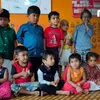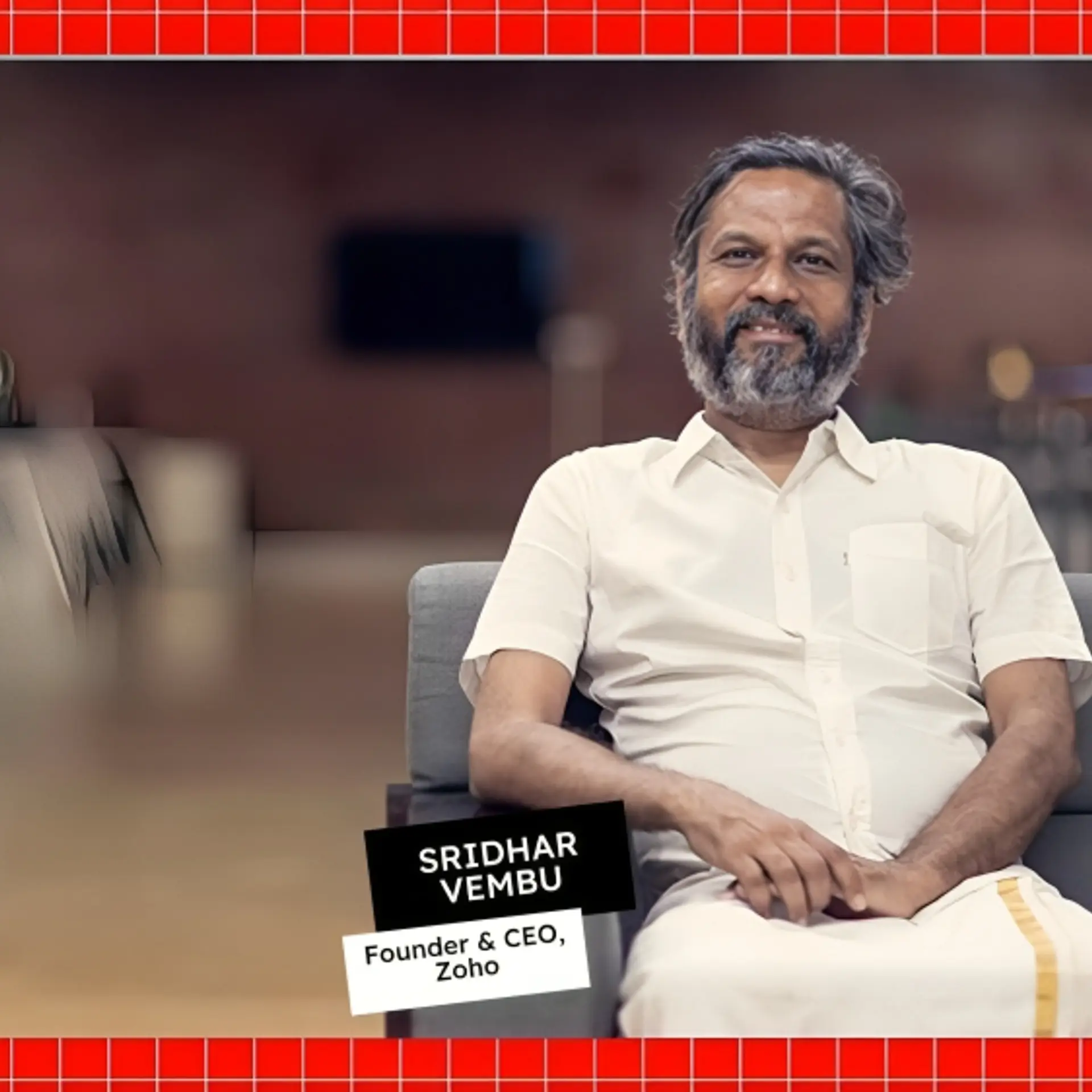Learning in the time of COVID-19: the cruellest divide needs the kindest solutions
Blended learning — which combines online educational materials and opportunities with classroom methods — is a new technique of teaching that offers students a multitude of real-world skills.
When information and knowledge are denied to children based on their gender and socio-economic background, we fracture our chance of creating an equitable world. As thousands of people pivoted to webinars, video conferences, and working from home, millions of children were stuck with unreliable internet and a shared device.
The problem is only exacerbating as we see the decimating consequences of the digital divide in rural India and urban India’s extraordinarily dense slums.
COVID-19 and India’s rising student drop-out rates
India’s most vulnerable children continue to live through trauma, further mired by the COVID-19 pandemic. For these children, the safe spaces of classrooms have now been replaced by added responsibilities.
The inaccessibility to crucial amenities, including stable internet or a smartphone, and low literacy among parents has led to a majority of students from low-income backgrounds losing valuable learning time and the prospect of a better future. It is a discomforting situation for the country with the largest youth base.
While research tells us that students from higher-income families need eight hours a day of learning, most of India’s 320 million poor kids don't even receive that amount of learning per week.
World studies are showing that children are already permanently dropping out of the school system; poverty is increasing drastically, and learning loss will have permanent repercussions on our children.
The missing safe space (classroom) for comfort and connect
Hourly and daily, the impact that this crisis is having on low-income communities is evident. Given the social-emotional challenges that children are currently experiencing, teachers are finding it challenging to understand progress in students’ learning from a distance, with little to no connectivity and low-cost hardware.
Teachers have been doing whatever it takes to continue with curriculums via digital tools — be it circulating learning materials on chat apps, becoming Youtube creators for educational videos, or helping students create Google accounts. Some teachers even invited astronomers, rappers, and chefs to digital classrooms for a special session to inspire students to dream big.
Blended learning: A possible answer to India’s learning void
While it is urgent to solve the problem and get devices into children’s hands, it is imperative to listen to the challenges of our children. There is a lot to learn from a nine-year-old who wakes up two hours before her family to get uninterrupted quiet study time, or a 14-year-old who only has internet reception in one corner of his house, and when it rains on his asbestos ceiling, can barely listen to his teacher.
Blended learning — which combines online educational materials and opportunities with classroom methods — is a new technique of teaching that offers students a multitude of real-world skills.
These translate into life skills, better engagement, and learning while fostering better decision making. Digital teaching methods have enabled teachers to save time, have effective interactions online, and develop individualised lesson plans. Our teachers are not just measuring impact, attendance, and learning but also well-being and safety of the students.
Virtual education is strengthening connections and collaboration between students, parents, and educators. The switch to virtual classrooms entirely has ensured that learning has continued. However, the lack of access to a device and steady internet connection has made it harder for some children.
There is an urgent need to work towards a stronger education system and address the learning loss that students from low-income families have suffered. The more we see these trends, the inequalities in the education system become more glaring.
As we walk into a new year, let’s ask ourselves what we can do to bridge this cruel divide because if we don’t, then frankly, the reality for our children is very grim.
Edited by Suman Singh
(Disclaimer: The views and opinions expressed in this article are those of the author and do not necessarily reflect the views of YourStory.)







